The Indian stock market rarely witnesses such intriguing pricing dynamics, but HDB Financial Services has managed to create exactly that buzz. As India’s largest NBFC IPO prepares to hit the market, investors are scratching their heads over one compelling question: Is a stock trading at nearly half its grey market peak actually a steal, or is there more to this story? The HDB Financial IPO has certainly captured the attention of many.
The Great Pricing Puzzle That Has Everyone Talking

Here’s what’s got the market talking: HDB Financial’s IPO is priced between ₹700-740 per share, while the same stock once commanded a staggering ₹1,550 in the grey market. That’s more than double the current IPO price! Even today, grey market prices hover around ₹740, perfectly aligned with the IPO’s upper band.
This isn’t your typical IPO pricing story. When a company’s shares trade at such premium levels in unofficial markets, IPOs usually try to capture some of that enthusiasm with higher pricing. But HDB Financial and its bankers have taken a completely different approach.
With all eyes on the HDB Financial IPO, analysts are keenly assessing its potential for long-term growth.
The strategy becomes clearer when you listen to the decision-makers. Sonia Dasgupta from JM Financial, one of the lead bankers, revealed the thinking: “If we left more on the table, it would give more confidence to investors.” It’s a calculated move to ensure strong institutional participation and positive listing performance.
Why Grey Market Prices Don’t Tell the Complete Story
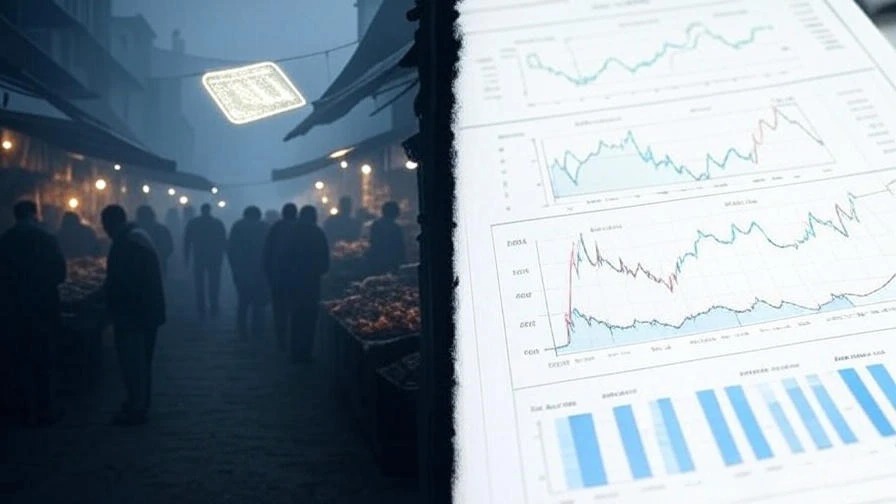
Before you assume this is an obvious bargain, consider what market veterans are saying about grey market valuations. Industry experts are quick to point out that these prices don’t emerge from serious institutional investor presentations or fundamental analysis.
As one senior banker noted, grey market trading happens in an unregulated space where the same set of investors often trade among themselves. While not illegal, it’s primarily a sentiment indicator rather than a true price discovery mechanism. The “retail euphoria” in unlisted spaces doesn’t always align with actual business fundamentals.
This perspective suggests that the ₹1,550 peak might have been more about speculation than genuine valuation. The current IPO pricing, arrived at through extensive roadshows with global and domestic institutional investors, likely reflects a more grounded assessment of the company’s worth.
The Mega Numbers Behind This Ambitious Offering
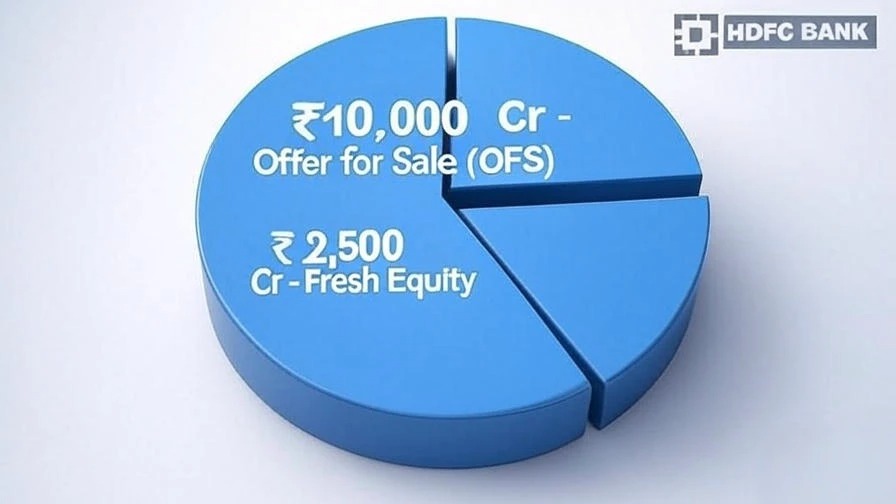
Let’s talk scale. HDB Financial is raising ₹12,500 crore, making it the largest NBFC IPO in Indian history. The structure is particularly interesting: ₹2,500 crore comes from fresh equity, while a massive ₹10,000 crore represents an Offer for Sale (OFS) by existing shareholders.
HDFC Bank, the parent company, is the biggest beneficiary here. By selling 135.13 million shares, it stands to pocket approximately ₹9,373 crore in profits. Currently holding 94.6% of HDB Financial, the bank will still retain a commanding 75% stake post-listing, ensuring continued control while optimizing its capital structure.
For HDFC Bank, this move serves multiple strategic purposes: regulatory compliance, capital optimization, and unlocking value from a subsidiary that’s been performing exceptionally well.
The Independent Growth Engine Story
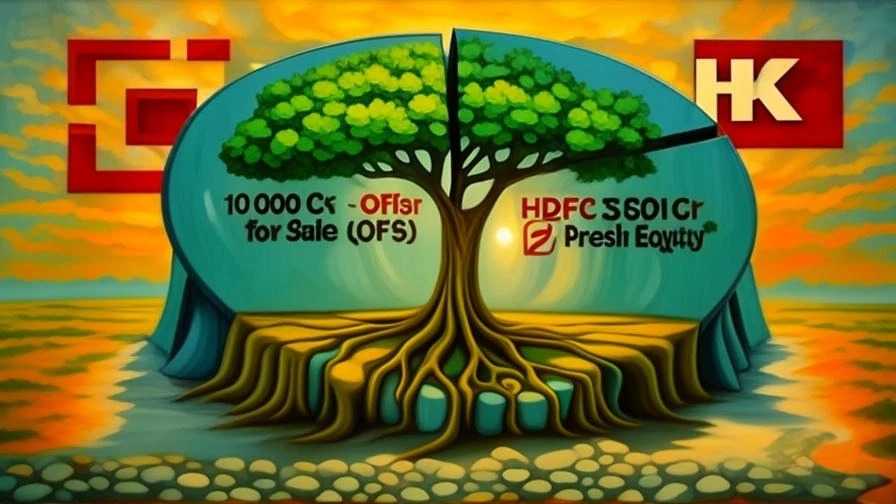
What makes HDB Financial particularly attractive is its operational independence despite being an HDFC Bank subsidiary. The company has built its customer base organically, without relying on parent bank referrals. Its 1,770 branches across 1,100 cities operate independently, with separate risk management systems and technology infrastructure.
The numbers speak volumes about the company’s growth trajectory. Customer base has exploded from 9 million in FY22 to 19 million by FY25. The loan book is highly granular, with top 20 customers accounting for less than 0.4% of total Assets Under Management (AUM). This diversification reduces concentration risk significantly.
Having been profitable since its second year of operations, HDB Financial has demonstrated consistent performance over 17 years. The company focuses exclusively on retail lending, targeting underbanked and underserved segments that complement rather than compete with HDFC Bank’s traditional customer base.
The Positive Investment Case
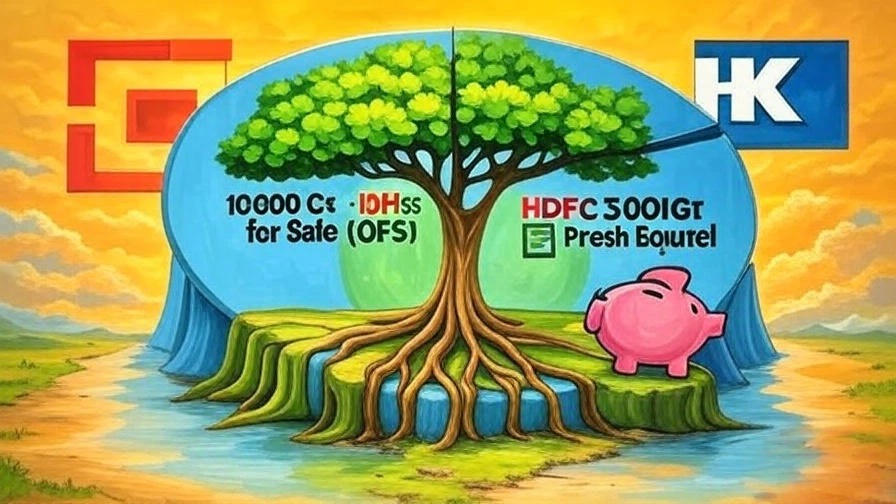
Several factors make HDB Financial an attractive proposition. The company operates in India’s growing consumer finance space, benefiting from increasing financial inclusion and rising consumer aspirations. Its proven track record, strong parentage, and independent operational model create a compelling combination.
The significant discount to grey market peaks could indeed represent value for investors who believe in the company’s long-term prospects. With fresh capital of ₹2,500 crore, management expects to fund growth for 3-4 years while remaining ready for expansion opportunities.
The reserved quota for existing HDFC Bank shareholders (up to ₹1,250 crore worth of shares) shows confidence in cross-selling the investment story to stakeholders who already understand the parent company’s quality.
The Potential Concerns to Consider
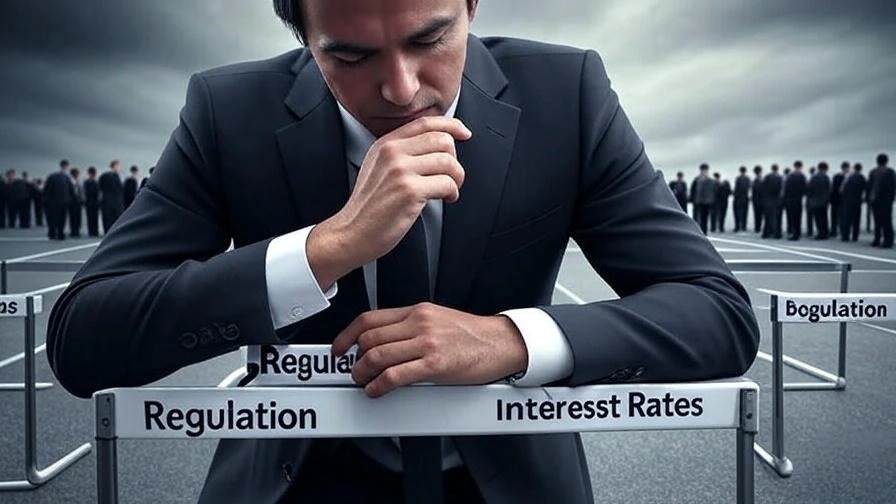
However, investors should also weigh the risks carefully. The NBFC sector faces regulatory scrutiny, and any tightening of lending norms could impact growth prospects. Rising interest rates could pressure margins, while economic slowdowns typically hurt consumer lending businesses first.
The massive OFS component means most of the IPO proceeds go to existing shareholders rather than company growth. While ₹2,500 crore in fresh capital is substantial, it’s only 20% of the total raise.
Competition in the consumer finance space is intensifying, with new-age fintech companies and established players fighting for market share. HDB Financial will need to continuously innovate to maintain its competitive edge.
Key Dates and Investment Details
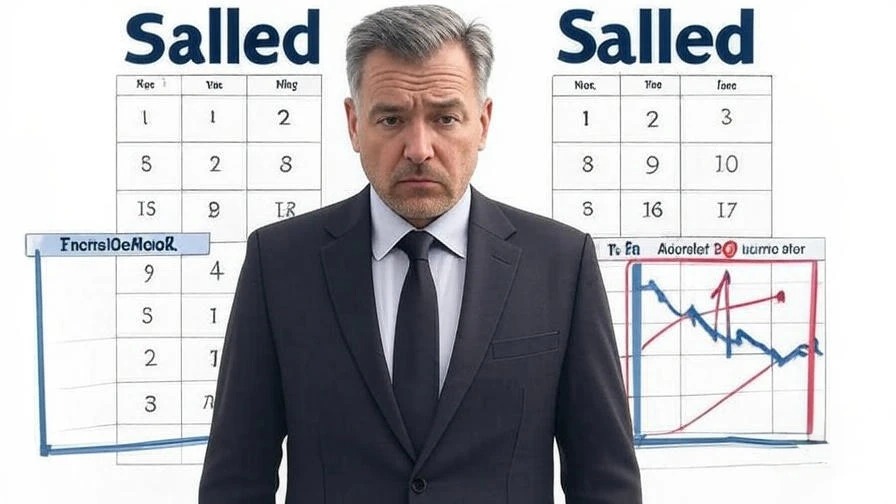
For those considering participation, mark these dates: anchor book opens June 24, public issue runs June 25-27, with listing scheduled for July 2. Retail investors can apply for 20-260 shares, with current grey market estimates suggesting a potential 10% listing premium.
The Bottom Line: Opportunity or Hype?
HDB Financial’s IPO presents a rare combination of scale, established business model, and attractive pricing. The discount to grey market levels could represent genuine value, especially for long-term investors betting on India’s consumer finance growth story.
However, remember that IPO investing always carries risks. The company’s future performance will depend on execution, market conditions, and regulatory environment. While the pricing appears attractive, investors should evaluate their risk tolerance and investment horizon carefully.
Disclaimer: This analysis is for informational purposes only and should not be considered as investment advice. The author does not recommend buying, selling, or holding any securities mentioned. Investors should conduct thorough research and consult qualified financial advisors before making investment decisions. Past performance does not guarantee future results, and all investments carry inherent risks including potential loss of principal.







